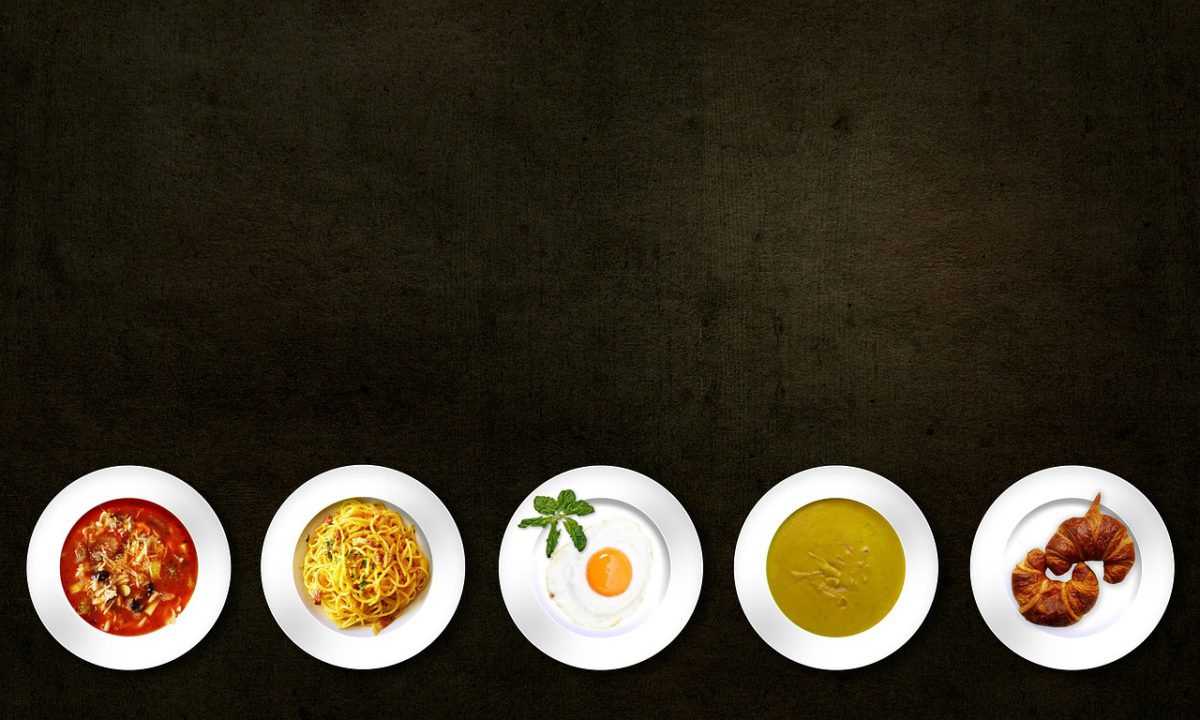
Student Cooking For Dummies
- April 3, 2017
- Honey McKenna
Not everyone’s born able to whip up a cheese soufflé. But if you’re fed up of living off takeaway pizza and ramen from the pound shop, have no fear – cooking is actually not that hard! With a minimum of effort, you can save money in the long term and stay healthy.
Wanna be your uni Masterchef? Here’s a good place to start.
Equipment
- Decide what it is you want to cook! If you’re feeling uninspired, Pinterest always has plenty of new food ideas, or there are websites like My Fridge Food which give you recipes based on what’s already in your fridge.
- Stock up! Buying a few cupboard essentials will mean you’re prepared for almost any recipe. Consider investing in:
- Herbs and spices – garlic, ginger, cumin, chilli powder/flakes, turmeric, paprika, basil, parsley, rosemary, chives, five spice, garam masala – here’s a more in depth guide, although you can find most of these for cheap in most supermarkets. Grab some white wine vinegar, soy sauce, and olive oil too.
- If you fancy baking – here’s a nice list of the basic things you need!
- Actual food is up to you – however, lots of recipes (like soups, casseroles and pasta sauces) are based on chopped onions. Onions are pretty much essential. I’d also recommend garlic, bell peppers, tinned tomatoes (also essential), carrots, celery and potatoes. You can buy most of these frozen – frozen veg can actually be more nutritious sometimes!
- ‘Dry’ ingredients may vary on personal preference – there’s no point buying lentils if, like the author, you are not really a fan of lentils. However, rice (basmati, long grain, or jasmine) and pasta are obviously great standbys.
- Whatever you fancy – check out recipes before you go shopping and make a list of ingredients.
- Kitchen equipment – none of it has to be expensive, but you will likely need a couple of large mixing bowls, a weighing scales, a measuring jug, two saucepans (one large), a wok, airtight containers, chopping boards (one specifically for meat, if you eat meat), a few decent knives, a whisk, a spatula, a baking sheet, a casserole dish, cake tins (if you fancy cake), tin foil, greaseproof paper, an oven mitt and an apron. Phew! (Again, here’s a list which expands on this.)
- Cleaning stuff – you might already have some of this floating around in a student kitchen, but it’s nice to have your own dish sponge. Other bits like kitchen roll, kitchen-safe disinfectant, tea towels, a scrubbing brush, and j-cloths, will come in handy, and will make you popular if you actually, you know, use them.
This is by no means an exhaustive list, but it’s a good place to start if you have no idea how to cook.
Storage
- Actually quite important. Some things don’t need storing in the fridge – for a quick reference:
- Root veg, like potatoes, onions, and carrots, are best stored in a cool, dry, dark cupboard.
- “Fruit vegetables” like tomatoes, bell peppers and avocados (yep, they’re all actually fruit) can be left out (avocados are best when not refrigerated!)
- MEAT GOES IN THE FRIDGE. Put it on the lowest shelf if you can.
- Basically all animal products go in the fridge. Although, eggs are fine in a cupboard/at room temp, and butter can also be left out. The reason Americans tell you not to is because their eggs are washed and lose the protective layer that stops them from going off.
- Tomato ketchup is fine in a cupboard, but mayo should go in the fridge.
- Jam is fine in the cupboard until it’s opened, and then it should be refrigerated.
You don’t need to have done a food hygiene certificate, but common sense, when it comes to hygiene, will go a long way. Here is another good article which talks about food storage.
Cooking techniques
There are a few basic methods which are commonly employed in cooking – master these, and you’ll have the basics down pat!
- Poaching
Cooking something in a saucepan of water on a (usually) low heat. Works well for eggs (and is healthier than frying) and also fish (especially salmon) and meat. Allow your water to boil, add salt (and herbs/seasonings if the recipe calls for it), and allow to cook. Here’s a nice guide here.
- Roasting
Roasting involves using extremely hot air to evenly cook food. It usually requires a ‘low’ temperature for a long period of time – stuff like roast chicken always takes a couple of hours. The browning that happens during roasting is known as the Maillard reaction, and is because of heat causing sugars and amino acids to react with each other. It works well for veg too.
- Frying
Cooking food in oil or fat heated to very high temperatures, usually quite briefly. Oils and fats are usually extremely high in calories, which is why so many fried foods are relatively unhealthy. However, it is delicious (thanks to the Maillard reaction and caramelisation). There is a difference between deep frying and shallow frying, and it can be dangerous (hot oil can easily catch fire and also burn you), so start small and make sure you’ve got fire extinguishers nearby (halls and rented houses have to have these by law).
- Microwaving
Yep, you read that right – microwaves have a bad rep, but they’re really very useful, and not just for heating up leftovers. Probably the most important thing to remember with microwaves is that metal usually should not go in there. However, they’re useful for stuff like melting chocolate (use a ceramic or glass bowl and do 20 seconds at a time while stirring), making quick scrambled eggs, mug cakes, steaming veg, and more.
So there you go – hopefully some of the above will inspire you to put down that Chinese takeaway leaflet and try something new.
Inspiring Interns is a graduate recruitment agency which specialises in sourcing candidates for internships and giving out graduate careers advice. To hire graduates or browse graduate jobs, visit their website.







